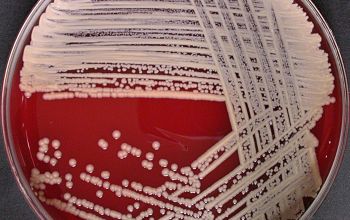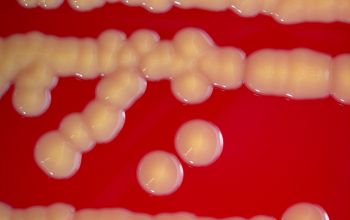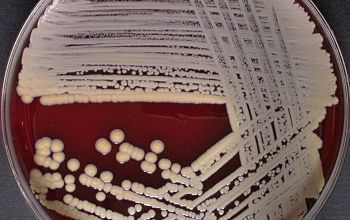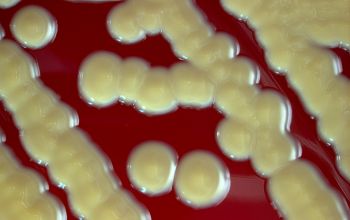Staphylococcus sciuri
-
General information
Taxonomy
Family: Staphylococcaceae
Natural habitats
Isolated from the human and animal skin.
Clinical significance
S. sciuri and S. xylosus are commensals of the skin and the mucous membranes of many animals and, occasionally of humans.
They have a relatively low virulence and can cause infections in patients with lowered resistance, especially in immune compromised patients.
CNS infections occur in implantation of foreign objects, such as intravenous catheters or bone prostheses.
Is repeatedly CNS, in pure culture or in mixed culture isolated from the material, then this confirms the presence of an infection.
The correct identification of CNS is necessary in order to get an idea of the pathogens in this group.
-
Gram stain
Gram positive cocci
,0.7-1.2 µm
that occur in irregular grape-like clusters and,
less often, single and in pairs, tetrads, and in short chains.
-
Culture characteristics
-
Facultative anaerobic
BA: medium to large, raised, smooth, glistening, circular, opaque, most strains pigmented yellow in center of colonies.
McConkey: growth
BBAØ: growth
-
-
Characteristics
-
References
James Versalovic et al.(2011) Manual of Clinical Microbiology 10th Edition
Karen C. Carrol et al (2019) Manual of Clinical Microbiology, 12th Edition






